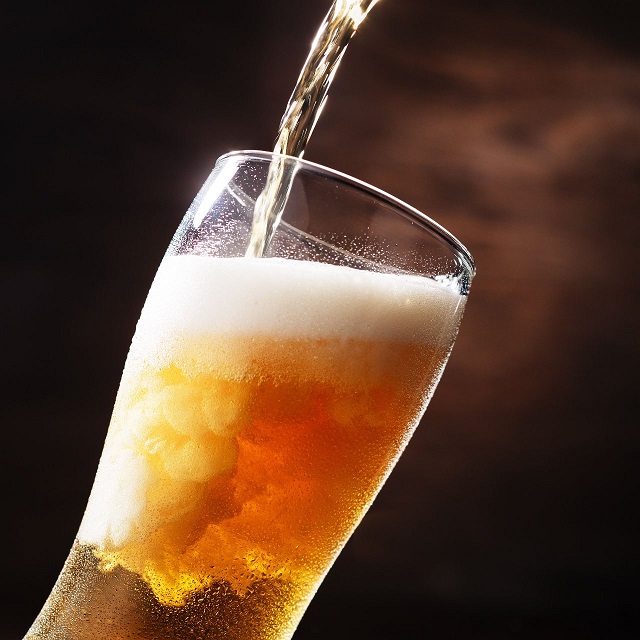
SPECIAL REPORT | THE INDEPENDENT | The younger generation is drinking less alcohol compared to the past generations, according to a report by Euromonitor International, one of the world’s leading providers of strategic market research. Euromonitor International has over the years been issuing reports about alcohol consumption trends.
It for instance shows that the consumption of alcoholic drinks is frequent, heavy, and widespread in Uganda, to the extent that problem drinking has become a source of major social concern.
Away from Uganda, the report released on Wednesday, shows that the younger generation, or Generation Z is causing a shake-up in the alcoholic and non-alcoholic universes, ushering in a new era of mindful drinking, sober curiosity, and ‘dry’ venues and events.
Spiros Malandrakis, the Head of Alcoholic Drinks Research at Euromonitor International said that Gen Z –the generation born between the mid-1990s and early 2010s– has displayed a noticeable trend of reduced alcohol consumption compared to previous generations.
“All major non-alcoholic segments were among the top performers in Euromonitor International’s latest alcoholic drinks system update,” said Malandrakis. The Ugandan market has recently been flooded by non-alcoholic drinks that are finding their way to parties and other social events.
Euromonitor International estimates that Non-alcoholic beer sales registered a 6% total volume growth in 2022 . Malandrakis said from non-alcoholic beer, already present and embedded in drinking culture for decades yet still witnessing an enviable 6% total volume growth for 2022, to the emerging non-alcoholic wine segment posting 9% total volume growth and from the double-digit momentum of the relative newcomer non-alcoholic ready to drink (RTDs) to non-alcoholic spirits spearheading innovation and a pivot to functionality with a 10% total volume growth.
The younger people are embodying the ‘less but better’ mantra when it comes to alcohol consumption observes Malandrakis. Gen Z prioritizes physical and mental well-being, often engaging in regular exercise and prioritizing nutritious diets. They place significant value on authenticity and experiences. They are eager to engage in meaningful interactions, explore their passions and make a positive impact on society.
They often opt for socializing in environments that foster creativity, such as art exhibits, poetry slams, or music festivals. They engage in outdoor activities, volunteer work, or participate in clubs and organizations that cater to their diverse interests. Similar reports have found that a combination of outside pressures and information overload is driving young people to snub alcohol, far more than generations before them.
Generation Z comprises people born between 1996 and 2010. This generation’s identity has been shaped by the digital age, climate anxiety, a shifting financial landscape, and COVID-19. Malandrakis commented that mindful drinking and sober curiosity, moderation initiatives, dry venues and events, no/lo focused retailers, and a cornucopia of launches and innovation that is blurring the definitional lines between the alcoholic and non-alcoholic universes. There is little doubt that the once niche trend is now established, evolving, and yet still holds huge untapped future potential.”
“For younger cohorts who would historically be at the forefront of high-energy occasions and high-volume alcohol consumption, the theme of moderation is also a key part of the ubiquitous ‘less but better’ premium mantra,” he added. One of the observations is that the market for non-alcoholic drinks is likely to increase at the global level.
The study however does not show a downward trend in the case of Uganda. It said prior to the pandemic, economic development, rising income levels, and the widening range of products on offer supported the sales growth of alcoholic drinks in Uganda.
The big picture in Uganda
Sales of alcoholic drinks through bars, restaurants, and hotels benefited from the full reopening of the economy in 2022. During the pandemic, small local grocers and kiosks benefited from inflated sales but as restrictions eased some consumers migrated back to food/drink/tobacco specialists, supermarkets, and drinking through the on-trade.
In 2022, both urban and rural consumers still preferred to buy alcoholic drinks from independent small local grocers and food/drink/tobacco specialists due to these retailers offering greater convenience. Most neighborhoods according to the analysis had an array of shops, while there were also many local bars, kiosks, and street vendors.
Socioeconomic trends
The alcoholic drinks industry plays an important role in the Ugandan economy, contributing significantly to tax revenue and employment, as well as supporting general economic development by sustaining farmers who grow the raw materials used in the manufacturing of beer. Nile Breweries is the second richest company in Uganda, after MTN Uganda, and invested USD 200 million in the country during the review period.
Alcohol Regulation in Uganda
The report shows that the government of Uganda took a significant step in its efforts to reduce the harmful impact of excessive alcohol consumption by banning the sale of alcohol in sachets. Plastic sachets were previously the most popular packaging format in spirits, and they were widely used by both mainstream and informal producers.
Taxation and duty levies
Parliament approved excise duty of UGX650 per liter or 30% (whichever is higher) on opaque beer, UGX1,500 per liter or 80% (whichever is higher) on ready-to-drink spirits, and UGX2,000 per liter or 60% (whichever is higher) on undenatured spirits made from locally produced raw materials.
Meanwhile, the 20221/2022 budget imposed a specific excise duty of UGX2,000 per liter or 20% (whichever is higher) on wine made from locally produced raw materials and an increase in the excise duty rate applicable to other wines, from 60% or UGX6,000 per liter to 80% or UGX8,000 (whichever is higher).
What next for alcoholic drinks?
In 2023, it is likely that the price of alcoholic drinks will continue to increase due to inflation, which has resulted in the higher cost of fuel in Uganda. Other production costs may also rise and obtaining items such as packaging or glass may become more difficult.
 The Independent Uganda: You get the Truth we Pay the Price
The Independent Uganda: You get the Truth we Pay the Price


